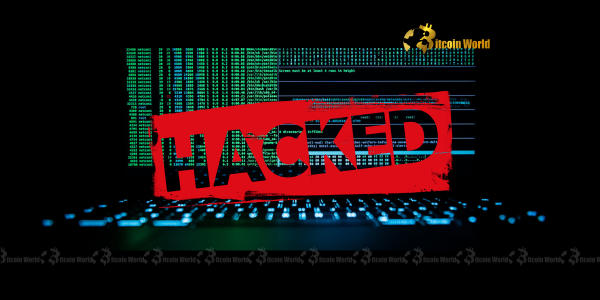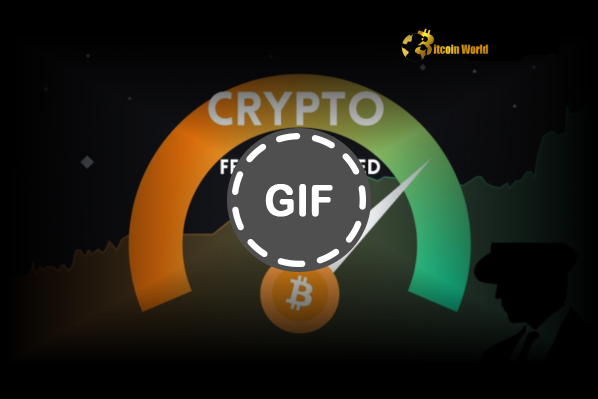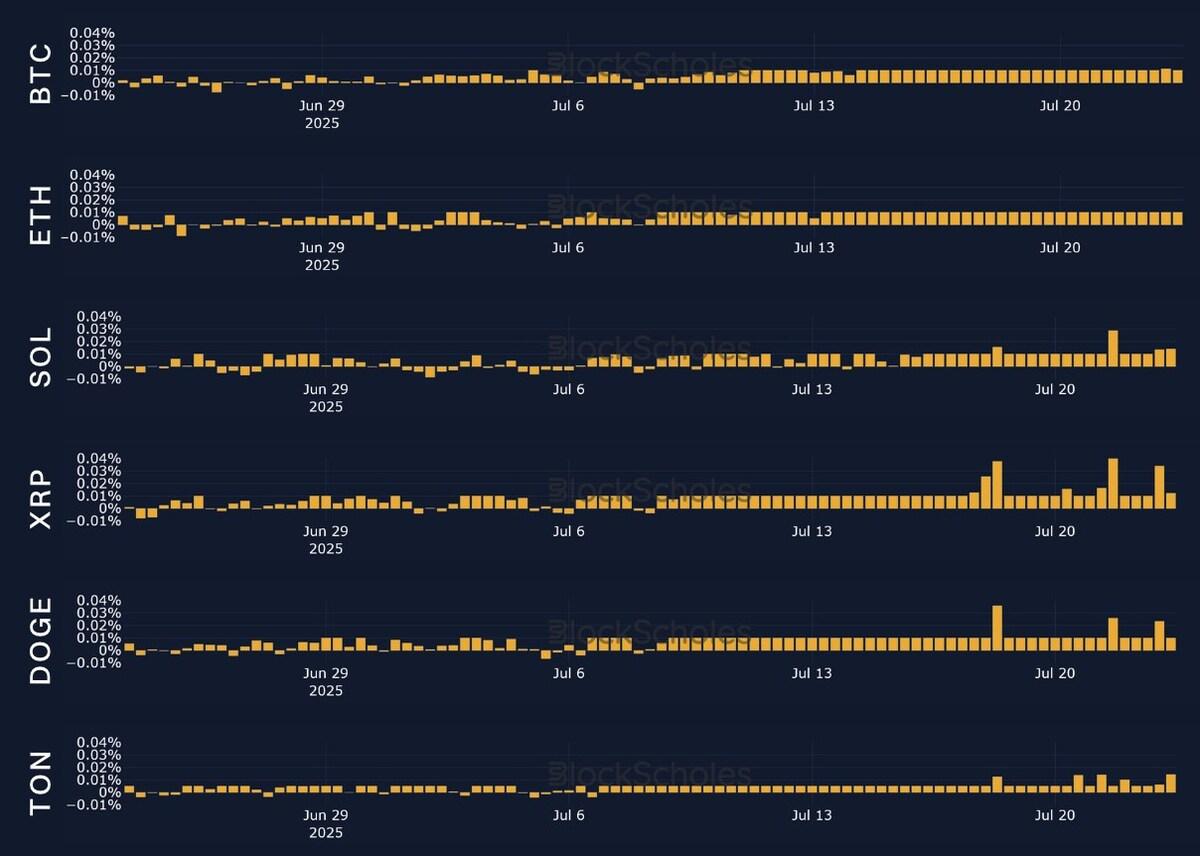
The digital realm of cryptocurrency is no stranger to volatility, but when the very channels of communication for a project are compromised, it sends an urgent ripple of concern throughout the community. This is precisely what appears to have happened with Plasma, a notable stablecoin payments blockchain. Its official X (formerly Twitter) account has seemingly been hacked, as reported by JinSe Finance, raising immediate alarms about Plasma hack implications and broader crypto security. The account has reportedly posted several updates containing unknown links, a classic red flag for malicious activity.
What Exactly Happened with Plasma’s X Account?
In the fast-paced world of blockchain, official social media channels like X are critical for project communication, updates, and community engagement. When these platforms are compromised, the consequences can be severe. In this incident, the Plasma hack specifically targeted their X account, transforming a trusted source of information into a potential vector for attack. JinSe Finance’s report highlighted the immediate concern: new posts appearing on Plasma’s X feed, containing suspicious, unknown links.
Such a breach typically signifies a few things:
- Phishing Attempts: The most common outcome, where users are lured into clicking links that direct them to fake websites designed to steal their private keys, seed phrases, or other sensitive information.
- Malware Distribution: Links could lead to downloads of malicious software that can compromise a user’s device, giving attackers access to their cryptocurrency wallets or personal data.
- Misinformation Spread: Attackers might post false announcements, creating FUD (Fear, Uncertainty, Doubt) or FOMO (Fear of Missing Out) to manipulate markets or trick users into making rash decisions.
The integrity of a project’s communication is paramount, and a compromised X account undermines that trust instantly. This incident underscores the critical importance of robust X account security protocols for all blockchain projects.
Why Is X Account Security Critical for Stablecoin Payments and Blockchain Projects?
For a project like Plasma, which focuses on stablecoin payments, trust and reliability are its bedrock. Stablecoins are designed to maintain a stable value, often pegged to fiat currencies, making them a cornerstone for everyday transactions in the crypto space. Any perceived vulnerability, even if indirect, can erode confidence. An X account, while seemingly just a social media presence, serves as an official conduit for announcements, security alerts, and support. When this channel is compromised, it directly impacts user perception and operational integrity.
Consider these points regarding why X account security is non-negotiable for crypto entities:
| Aspect | Impact of Compromise |
|---|---|
| Official Communication | Malicious actors can spread false information, leading to panic or ill-advised actions by users. |
| Reputation & Trust | A hack erodes user trust in the project’s ability to protect its own assets and communications. |
| Direct Attack Vector | Links posted by hackers can directly lead to phishing sites, malware, or wallet drainers. |
| Market Manipulation | False announcements (e.g., token airdrops, new partnerships) can be used to manipulate token prices. |
For a project focused on stablecoin payments, which are meant to be stable and reliable, any breach, even of a social media account, can cast a shadow of doubt over its fundamental premise.
Navigating the Broader Landscape of Blockchain Threats
The Plasma hack is a stark reminder that blockchain threats extend far beyond just the blockchain itself. Attackers often target the weakest link in the chain, which can often be human error, social engineering, or vulnerabilities in peripheral systems like social media accounts. The crypto ecosystem is a high-value target, attracting sophisticated and persistent attackers.
Common blockchain threats that the industry faces include:
- Phishing and Social Engineering: Impersonating official entities to trick users into revealing sensitive information. This is directly related to the X account compromise.
- Smart Contract Exploits: Vulnerabilities in the code of decentralized applications that can lead to loss of funds.
- Wallet Hacks: Direct attacks on individual cryptocurrency wallets, often through malware or weak security practices.
- Rug Pulls and Exit Scams: Malicious developers abandoning a project and taking investor funds.
- DNS Hijacking: Redirecting users from legitimate websites to malicious ones.
Each of these threats requires constant vigilance and adaptation. The incident with Plasma’s X account serves as a critical case study in how seemingly ‘non-blockchain’ vectors can still pose significant crypto security risks.
How Can You Enhance Your Crypto Security and Combat Blockchain Threats?
While projects like Plasma work to restore and bolster their defenses, individual users also bear a responsibility in safeguarding their digital assets. The recent Plasma hack serves as a potent reminder for everyone in the crypto space to review and strengthen their personal crypto security practices. Here are actionable insights to protect yourself from current and future blockchain threats:
- Always Verify Sources: Before clicking any link or acting on any announcement, cross-reference information from multiple official channels. Check the project’s official website, other social media platforms, and reputable news outlets. Be wary of direct messages or posts that seem too good to be true.
- Beware of Unknown Links: Never click on suspicious links, especially those promising free tokens, exclusive access, or urgent actions. This is the primary attack vector seen in the Plasma X account incident. Always manually type official URLs into your browser.
- Enable Two-Factor Authentication (2FA): Use 2FA on all your crypto accounts, exchanges, and especially your social media accounts. Authenticator apps (like Google Authenticator or Authy) are generally more secure than SMS-based 2FA.
- Use Strong, Unique Passwords: Employ complex, unique passwords for every account. Consider using a password manager to help you manage them.
- Hardware Wallets for Cold Storage: For significant amounts of cryptocurrency, transfer them to a hardware wallet (e.g., Ledger, Trezor). These devices keep your private keys offline, making them significantly more resistant to online hacks.
- Stay Informed and Vigilant: Follow reputable crypto news sources and security experts. Understand common scam tactics and stay updated on new blockchain threats. Your awareness is your first line of defense.
- Regularly Review Permissions: If you use decentralized applications (dApps), regularly review and revoke unnecessary token approvals or permissions granted to smart contracts.
By adopting these practices, you significantly reduce your vulnerability to social engineering attacks and other malicious attempts to compromise your digital assets, even when official channels like an X account are temporarily compromised.
What’s Next for Plasma and the Crypto Community?
Following the Plasma hack, the immediate priority for the Plasma team will be to regain control of their X account, remove any malicious content, and issue official statements through their secure channels. This incident will undoubtedly prompt them, and other projects, to re-evaluate their internal security protocols for all external-facing platforms.
For the wider crypto community, this serves as another crucial reminder of the ongoing battle against cyber threats. It highlights the need for:
- Enhanced Project Security: Projects must invest more in cybersecurity audits, employee training, and multi-layered security for all their digital assets and communication channels.
- Community Education: Continuous education for users on how to identify and avoid scams is vital.
- Collaborative Defense: The crypto community, including security firms, exchanges, and projects, should collaborate more closely to share threat intelligence and develop robust defense mechanisms against evolving blockchain threats.
The resilience of the crypto space hinges not only on the robustness of its underlying technology but also on the collective vigilance and proactive security measures adopted by both projects and individual users. The future of secure stablecoin payments and the entire decentralized ecosystem depends on it.
A Call for Unwavering Vigilance in the Digital Frontier
The apparent Plasma hack of its X account is a potent and urgent wake-up call for everyone involved in the cryptocurrency space. It underscores that crypto security is a multi-faceted challenge, extending beyond the blockchain itself to encompass every digital touchpoint. While the core technology of stablecoin payments remains robust, the human and operational layers are constantly tested by sophisticated blockchain threats. This incident is a stark reminder that vigilance, skepticism, and robust personal security practices are not optional but absolutely essential for navigating the digital frontier. Let this serve as a powerful impetus for all of us to double down on our security efforts and remain ever-alert to protect our digital future.
To learn more about the latest crypto market trends, explore our article on key developments shaping blockchain security and institutional adoption.





